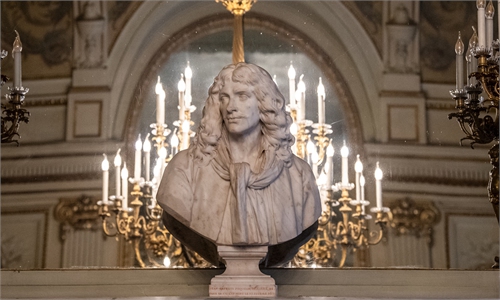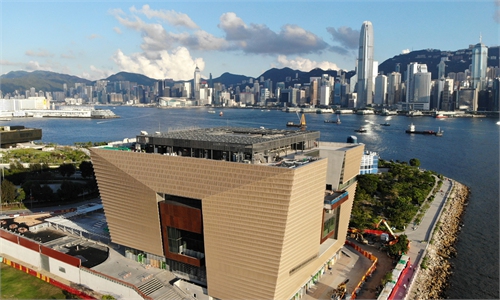ARTS / CULTURE & LEISURE
Ethnic Mongolian architect gives traditional yurts a modern twist
Home of the future
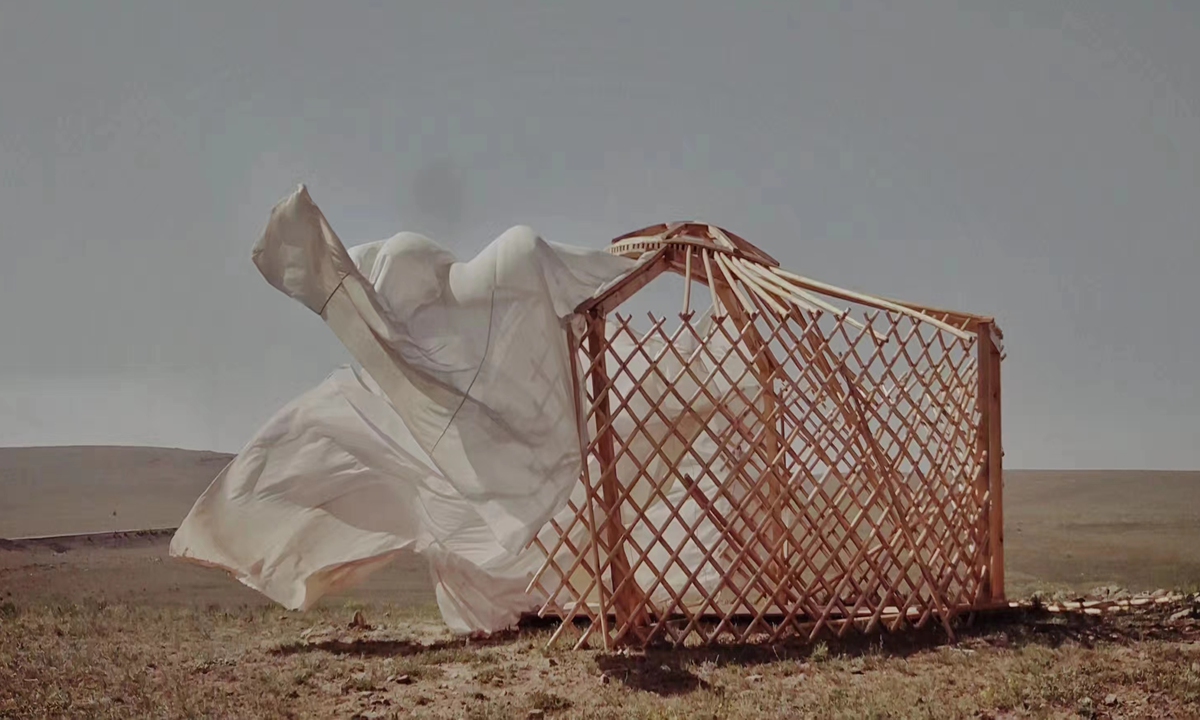
Architect Nandin's art installation Ger in the Wind Photo: Courtesy of Nandin

Architect Nandin's Mongolian yurt project in Baotou, Inner Mongolia Autonomous Region Photo: Courtesy of Nandin
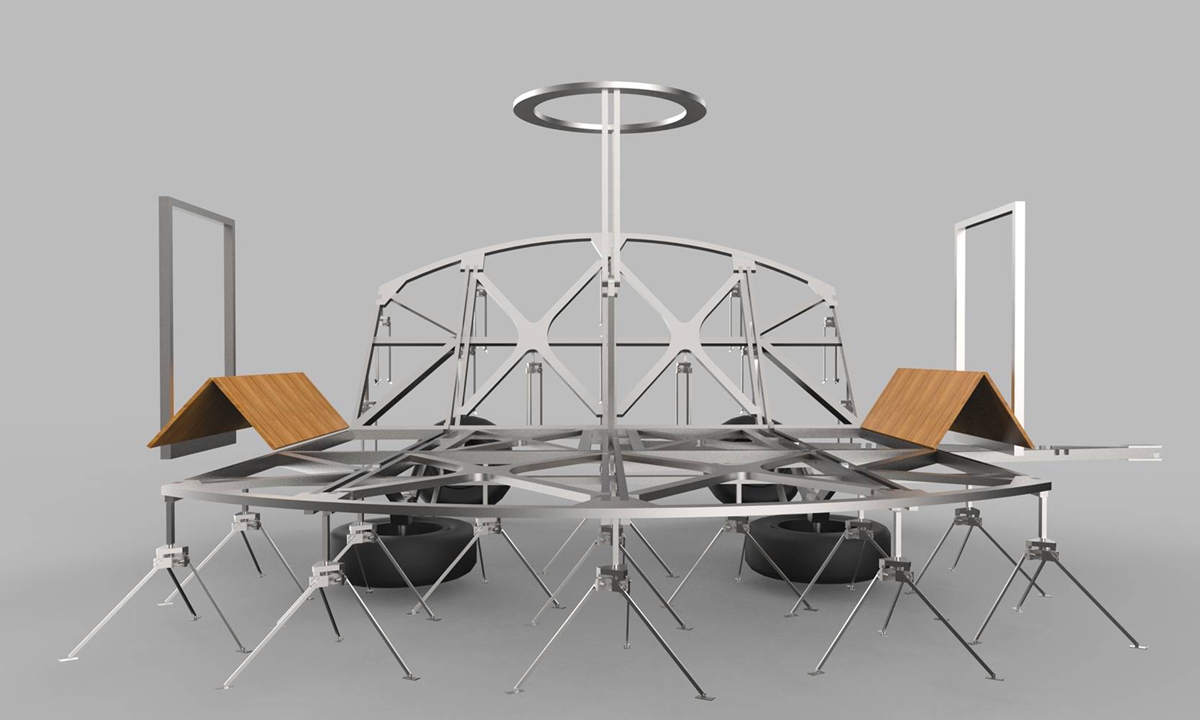
Concept design for architect Nandin's Chassis yurt Photo: Courtesy of Nandin
On designer Borjigin Munkhbayarin Nandin's laptop are hundreds of photos revolve around his architectural ideal Future Mongolia.It is an ambitious yet humanistic plan that tries to come up with modernistic designs for the traditional Mongolian yurt that better cater to the lifestyle of today's Mongolian ethnic minority group in China, while also preserving the yurt home embodied indigenous culture that have long nurtured and been a source of pride for the ethnic community, including the young architect himself.
Futuristic nomads
Able to speak fluent Putonghua (Standard Chinese), Mongolian and English, Nandin was born in Chifeng, Inner Mongolia Autonomous Region. He belongs to the Mongolian ethnic group, which has a population of more than 6 million people in China.
The 32-year-old designer, who is a partner of the architectural firm PLATASIA in Beijing, told the Global Times that he was taught to carry the "mission" of inheriting Mongolian culture. Though he grew up in the city, he always longed for the nomadic lifestyle of people living in pastoral regions.
"Maybe, compared with them, I was slightly marginalized from the core of Mongolian culture, but when you view a culture from a distance, you often see it clearer," Nandin noted.
Though Nandin embraced a promising future at the renowned architectural firm Zaha Hadid Architects in London a few years ago, he still felt like he was in a confusing hibernation period, hastened along by his everyday work while being held back by the frustrating feeling that he was missing the meaning of life.
"I had to do something for my own culture, so I left," Nandin told the Global Times.
His decision to return to China was a turning point for the Future Mongolia project, which he first started thinking about it date back to the 2015.
Emphasizing that the project is more of an "architectural guideline," Nandin has invented an "architectural formula" that has five parameters - material, manufacture, assembly, transportation and culture - that have helped him design different types of yurts for various occasions.
For example, using industrial materials to replace traditional wood components and implementing a digital manufacturing process to save labor costs, the architect has optimized the "leaky" and "laborious" traditional yurt by making it suitable for the times and a better dwelling for people's future lives.
Concerning the culture parameter, the architect said that yurts should have functional divisions that serve nomads' modern lifestyle.
"Traditional Mongolian yurts have everything on one plate, but this can be updated," Nandin noted.
Such questions inspired the creator to conceive a "box yurt" and "chassis yurt," foldable compact structures dedicated to certain home functions such as a kitchen and laundry room.
" Exhibiting Mongolian ethnic culture is not about copying and pasting its obvious or iconic elements onto something or designing something new that merely mimics the traditional yurt shape," he said.
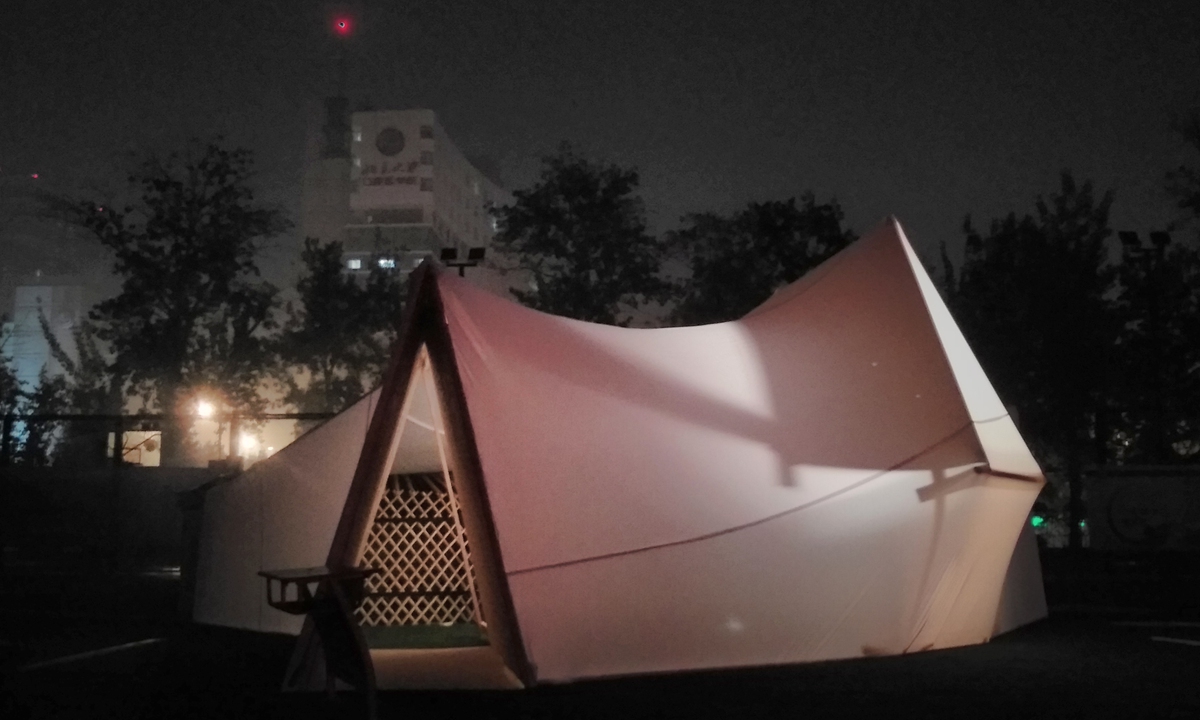
The parastic structure to Mongolian yurts introduced by Nandin in project Metabolism of Mogolian Yurt Photo: Courtesy of Nandin
From ideal to realNandin's ideal yurt became a reality in 2021 with a compound built in the Damao Banner in Baotou. It has become a renowned tourist center on the Xilamuren Grassland to exhibit Mongolian culture to visitors from around the world.
He also incorporated his yurt designs in the art installation Ger in the Wind.
The installation is comprised of a wooden yurt frame built on a hilltop. The frame is covered with a sheer white fabric sheet that dances with the wind and acts as a screen for the shadows cast by the underlining structure at every sunrise and sunset.
"The sheet's fluidity symbolizes the nomadic life of the Mongolian ethnic group. The wind is partly hidden and partly visible, but it is always there," he noted.
Besides sharing his designs that have been viewed by many netizens on China's Twitter-like Sina Weibo, he also shares his works on overseas platforms like Instagram and Twitter, opening a window for thousands of international fans to see China's cultural diversity.
In 2018, Cambridge University invited him to present his project Metabolism of Mongolian Yurt to European audiences, who were impressed with the young Chinese's creative thinking about his roots.
"Though they liked my imagination, they still recommended that I be less fancy and focus on building something that merges with the actual environment to best preserve the authenticity of the culture."
Believing "architecture is the container for people's behaviors," Nandin also brought his mini future yurt design to public spaces such as the annual Nadam celebration - a traditional Mongolian festival that was once held in Beijing at the Minzu University of China in 2017.
"I'm an architect walking on two legs. One is actual building and the other is creating designs essential to my culture," Nandin explained.
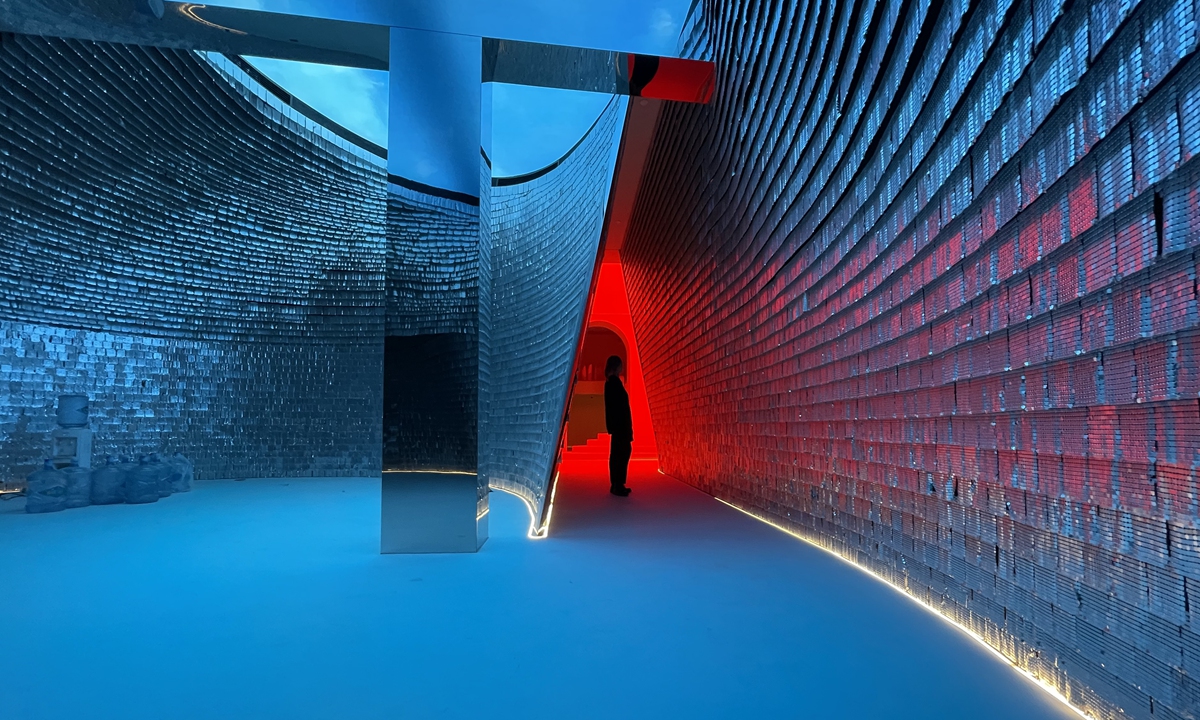
Urban culture inspired yurt design, a spiritual space for Mongolian tradition in city Photo: Courtesy of Nandin
